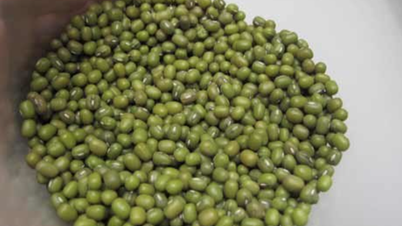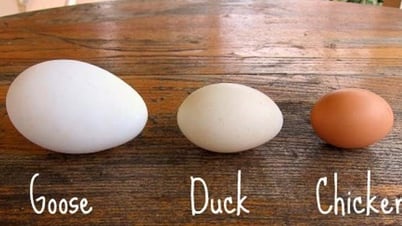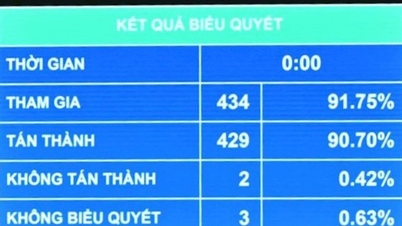Kale, spinach, dairy foods, and cereals rich in vitamin A are good for the eyes, boost immunity, and help children develop.
Vitamin A supports tissue and bone development and is beneficial for the function of organs such as the liver, heart, lungs, kidneys, and reproductive function. Children's vision and resistance also need vitamin A to maintain stability.
Master, Doctor Nguyen Anh Duy Tung, Nutrihome Nutrition Clinic System, said that lack of vitamin A negatively affects the development of children, causing stunted growth, slow growth, and reduced ability to see in low light conditions. Children may suffer from night blindness, are susceptible to mucosal and epithelial damage, and suffer from serious infections due to decreased resistance.
Doctor Tung suggests foods to help parents supplement vitamin A for their children.
Vegetables and fruits: Beta-carotene in vegetables and fruits can be converted into vitamin A. Foods to choose from include kale, spinach, broccoli, spinach, sprouts, bok choy, sweet potatoes, pumpkin, carrots, red bell peppers, apricots, tomatoes, papaya, and mango.

Carrots and pumpkins are rich in vitamin A, good for children's health. Photo: Freepik
Low-fat dairy foods : Fresh cow's milk is rich in vitamin A, usually in the form of retinol or carotene. Children who are allergic to the sugar in cow's milk can drink soy milk to get the necessary amount of vitamin A.
Fortified breads and cereals : Pasta, bread, cereals, and rice products are often fortified with vitamin A. Read labels carefully before buying, and avoid products that are high in sugar.
Every year, the Ministry of Health carries out two vitamin A injections for children 6-36 months old, usually in early June and December. Children 6-12 months old take 100,000 international units IU of vitamin A. Children 12-36 months old take 200,000 international units IU. Children 37-60 months old with respiratory infections, prolonged diarrhea, measles, and malnutrition take one tablet containing 200,000 international units IU.
During the first three years of life, each child should receive vitamin A supplementation twice a year. For infants under 6 months of age who are not breastfed, the recommended vitamin A supplement is 50,000 international units (IU).
Dr. Tung said that each child's vitamin A intake needs are different. To know exactly if the child is deficient in vitamin A, parents should take their child for a nutrition check-up and micronutrient testing using the UPLC machine. Thereby, the doctor will guide on how to supplement vitamin A scientifically and safely.
Kim Thanh
| Readers can ask questions about nutrition here for the doctor to answer. |
Source link


![[Photo] Explore the US Navy's USS Robert Smalls warship](/_next/image?url=https%3A%2F%2Fvphoto.vietnam.vn%2Fthumb%2F1200x675%2Fvietnam%2Fresource%2FIMAGE%2F2025%2F12%2F10%2F1765341533272_11212121-8303-jpg.webp&w=3840&q=75)




![[Photo] The captivating scenery of the fragrant maple forest in Quang Tri](/_next/image?url=https%3A%2F%2Fvphoto.vietnam.vn%2Fthumb%2F1200x675%2Fvietnam%2Fresource%2FIMAGE%2F2025%2F12%2F10%2F1765353233198_lan09046-jpg.webp&w=3840&q=75)



































![[Video] The craft of making Dong Ho folk paintings has been inscribed by UNESCO on the List of Crafts in Need of Urgent Safeguarding.](https://vphoto.vietnam.vn/thumb/402x226/vietnam/resource/IMAGE/2025/12/10/1765350246533_tranh-dong-ho-734-jpg.webp)








































































Comment (0)